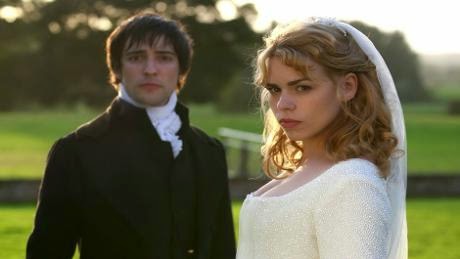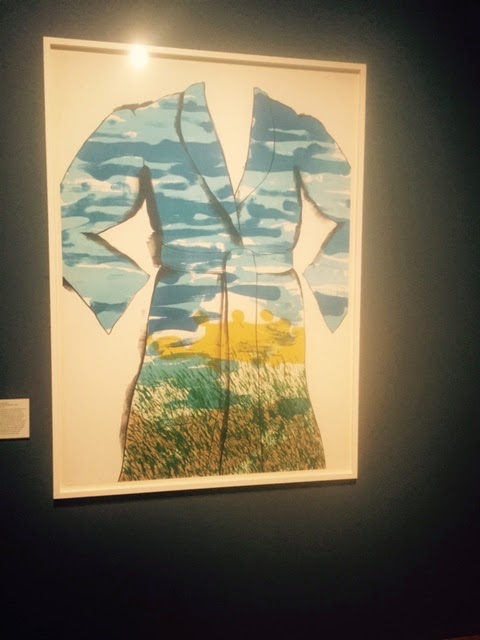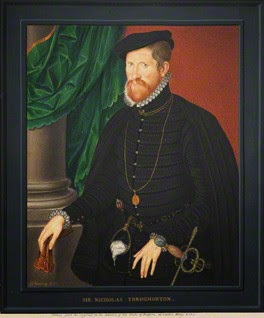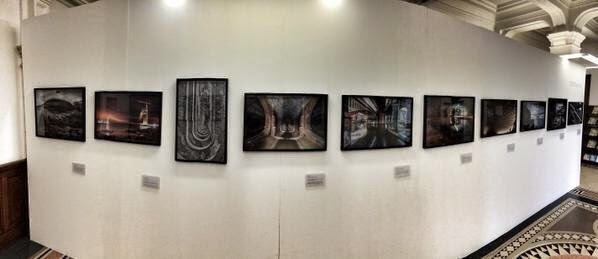Tom Stoppard: 5 plays

Interesting small exhibition at the National Theatre looking at the five plays by Tom Stoppard put on my the National Theatre prior to the current one “The Hard Problem.” The pays were “Rosencrantz and Guildenstern are Dead” (1967), “Jumpers” (1976), “Arcadia” (1993), “Coast of Utopia” (2002) and the revival of “Every Good Boy Deserves Favour” (2009). There was a nice mix of props, costumes, photos, posters and set designs from all the shows. I particularly liked the animatronic tortoise from “Arcadia”. A precursor to Joey the War Horse?! The show was in the new Lytton Lounge which gives wifi access to more information via your computer or phone on the show. This is a great idea and enabled them to show just a few items in the physical exhibition as the space was small but to back it up with much more online. I also liked the fact they encouraged you to look there and then not wait till you got home, which frankly you never do! I am pleased to say I had been to see



























